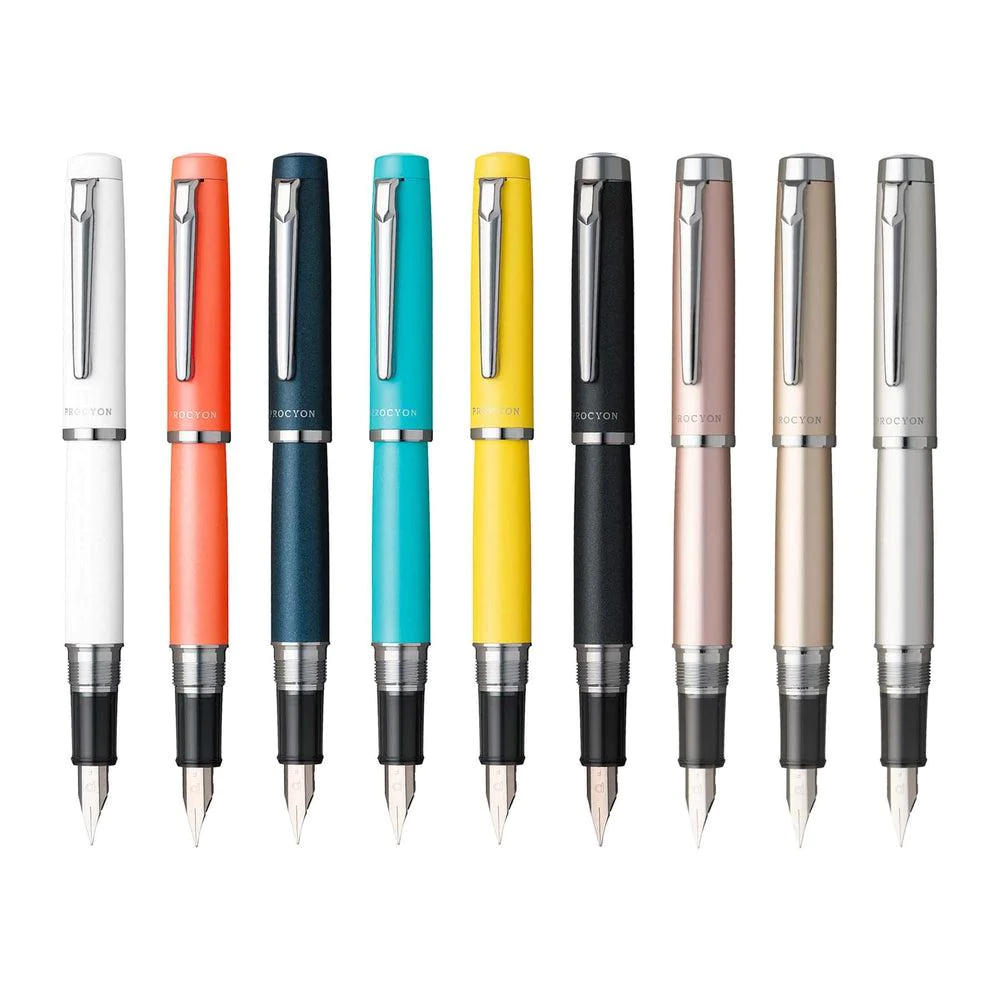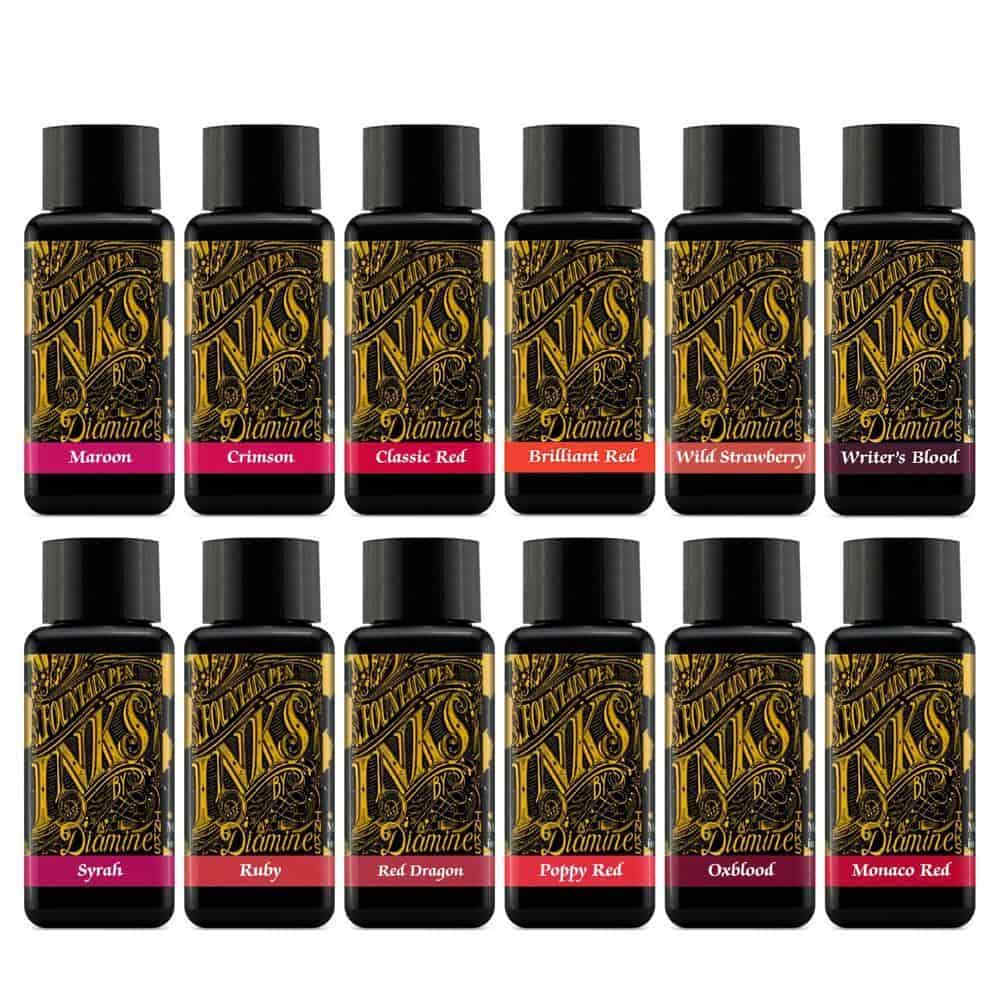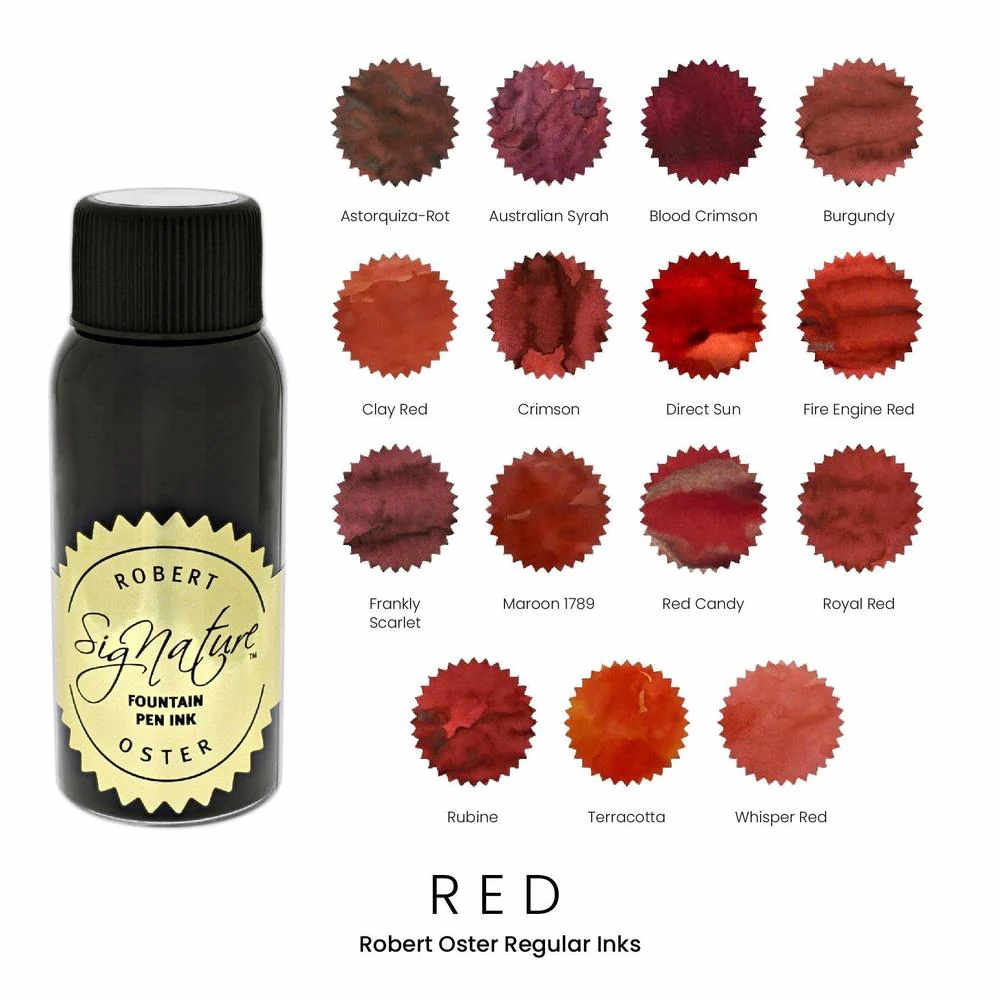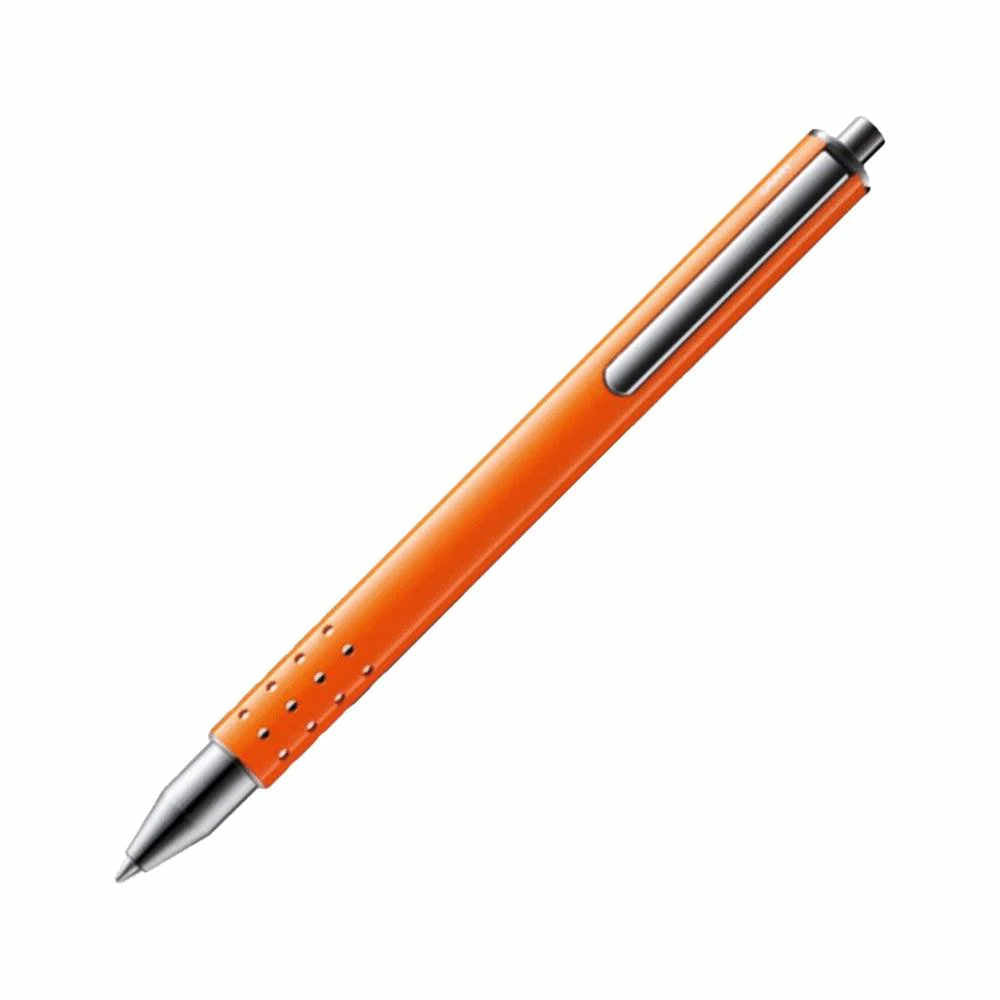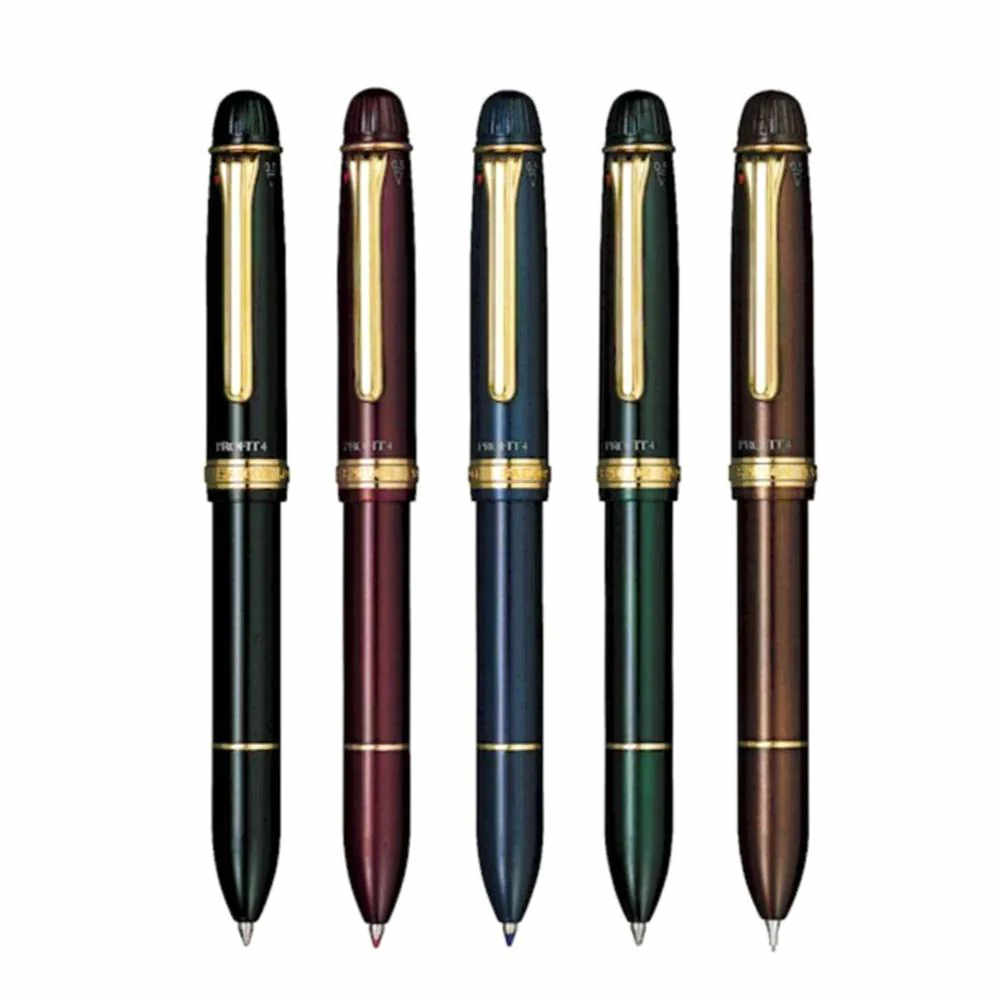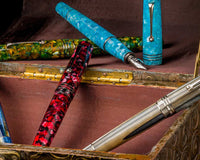The errors of a wise man make your rule,
Rather than the perfections of a fool.
— William Blake
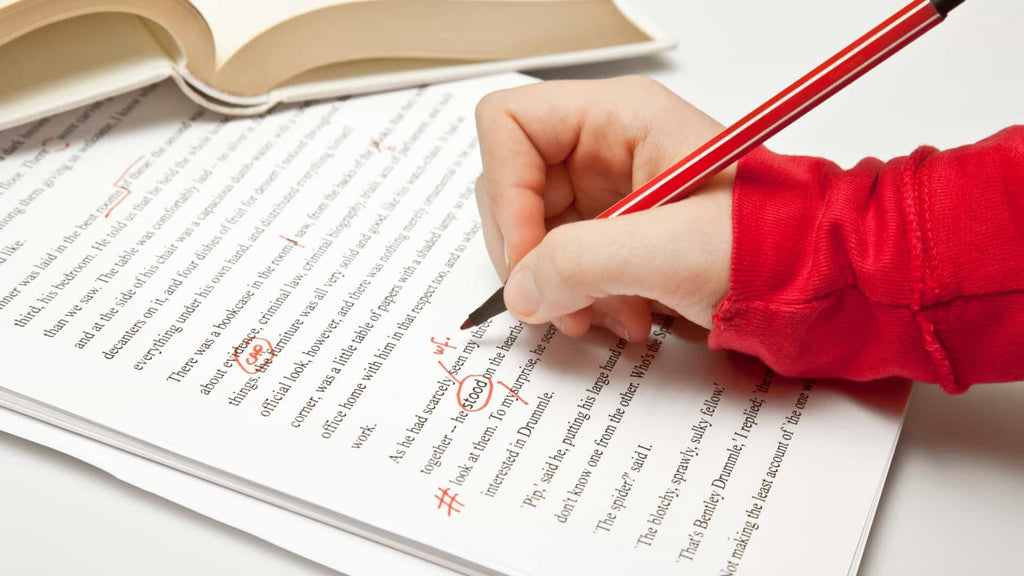
What is Proofreading?
By definition, proofreading is the process of finding and correcting mistakes in text before it is printed or put online. Sounds quite simple, yes? But there is more to it than that.
Proofreading is the meticulous art of scrutinizing written content with an unwavering eye for detail, precision, and clarity. It is a refined process of review — aiming not only to catch typographical errors but also to ensure coherence, consistency, and adherence to established standards of grammar, punctuation, and style. More than just a mechanical task, it demands a deep understanding of language nuances and the ability to enhance the overall readability and impact of the text. In a way, It is an act of reverence towards language itself, a dedication to upholding its integrity and conveying meaning with utmost precision.
To be a proficient proofreader is to possess a keen eye for inconsistencies and errors, coupled with an acute awareness of the intended message and audience. It requires a blend of analytical skills and creative sensibility, which allows detection not only of overt mistakes but also subtle nuances that might detract from the intended effect of the text.
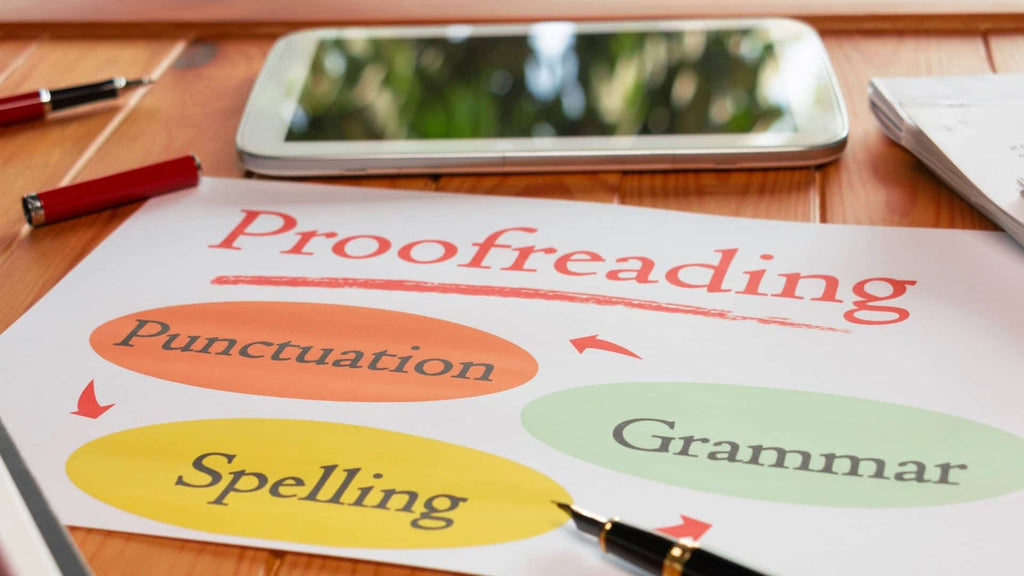
Beyond the limits of grammar and syntax, proofreading extends into the realm of coherence and flow. A skilled proofreader discerns the rhythm of the prose, ensuring that each sentence flows seamlessly into the next, thereby guiding the reader along a clear and captivating narrative path. This involves not only correcting grammatical errors but also restructuring sentences or paragraphs for optimal clarity and impact.
Moreover, it is a collaborative endeavor, often undertaken in concert with writers, editors, and other stakeholders. It involves navigating through constructive feedback with grace and professionalism, while working together towards the common goal of producing polished, error-free content that resonates with its intended audience.
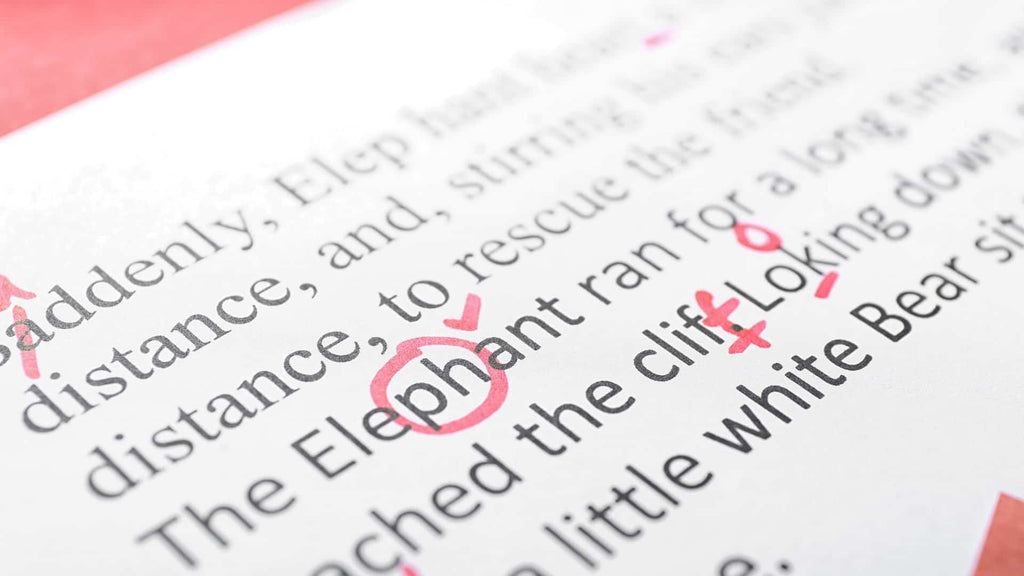
In essence, proofreading is the final checkpoint in the journey of written communication, where every word is scrutinized, every punctuation mark weighed, and every sentence crafted with care. It is a testament to the enduring power of language and the commitment to excellence in communication.

What is National Proofreading Day?
Every March 8th, National Proofreading Day celebrates the importance of meticulous attention to detail in written communication. This day serves as a reminder of the critical role that proofreading plays in ensuring accuracy, clarity, and professionalism in written content across various contexts, including literature, journalism, academia, and business.
Established by corporate trainer Judy Beaver, who chose to honor her mother Flo, known for her penchant for correcting people, National Proofreading Day emphasizes the significance of reviewing and revising written material to catch errors in spelling, grammar, punctuation, and formatting. The observance underscores the idea that even minor mistakes can undermine the credibility and effectiveness of written communication.
On this day, individuals and organizations engage in activities aimed at promoting the art and importance of proofreading. Writers, editors, educators, and professionals in related fields often share tips, resources, and best practices for effective proofreading. Workshops, seminars, and webinars may be organized to educate people on the techniques and tools available for enhancing their proofreading skills.
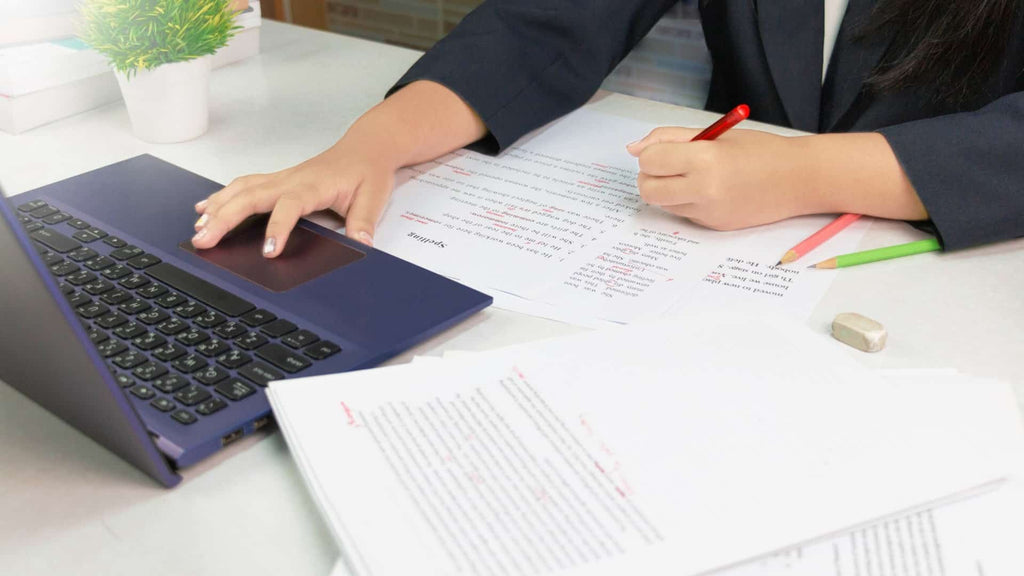
This day also serves as an opportunity for businesses and institutions to emphasize the value of quality assurance in written content. Companies may use this day to highlight their commitment to producing error–free materials and to showcase the role of proofreading in maintaining brand reputation and customer satisfaction.
Furthermore, National Proofreading Day encourages individuals to reflect on their own writing habits and to recognize the importance of seeking feedback and revising their work meticulously. Whether writing emails, reports, academic papers, or creative works, the observance reminds people of the benefits of taking the time to review and refine their writing before sharing it with others.
National Proofreading Day honors the art and discipline of proofreading — encouraging everyone to strive for excellence in written communication, and to appreciate the value of clarity, accuracy, and attention to detail in conveying ideas effectively.

Proofreading 101
Here are 5 main steps you can follow for effective proofreading —
1. Initial Read-Through: Begin by reading the text from start to finish without making any corrections. This initial read-through allows you to grasp the overall content, structure, and flow of the document. Pay attention to any glaring errors or areas that seem unclear.
2. Focus on Specific Elements: Once you've completed the initial read-through, focus on one specific element at a time. For example, you might start by checking for spelling errors, then move on to grammar, punctuation, formatting, and consistency. By focusing on one aspect at a time, you can ensure a thorough review without feeling overwhelmed.
3. Read Aloud or Use Tools: Reading the text aloud can help you identify awkward phrasing, repetition, or grammatical errors that might not be immediately apparent when reading silently. Additionally, consider using spelling and grammar checkers, as well as style guides or reference materials, to assist in identifying and correcting errors.
4. Take Breaks: Proofreading requires concentration and attention to detail, so it's essential to take breaks periodically to rest your eyes and clear your mind. Stepping away from the text for a few minutes can help you maintain focus and avoid overlooking errors due to fatigue.
5. Final Review: After making corrections, perform a final review of the document to ensure that all changes have been properly implemented and that the text is polished and error-free. Double-check for any lingering mistakes or inconsistencies before finalizing the document for submission or publication.

(P.S. Proofreaders traditionally use red ink.)
EndlessPens’ Proofreading Pals
To commemorate National Proofreading Day, we present a selection of fountain pens and other writing tools that can make the refining process more pleasurable —
Platinum Procyon Fountain Pen – The name Procyon originated from the constellation of Canis Minor. The concept of a shining fountain pen brings new excitement to our business scene and/or our daily routines. A new concept for new challenges. The Slip Seal mechanism allows the writer to get back on paper straight away without any dryness of its nib. The ideal weight balance of aluminum textured body and defined pen nib ignites the joy of writing and of holding the pen in your hand.
Opus 88 Flow Fountain Pen – It is an eyedropper-style fountain pen, so you would unscrew the front section on the pen, and then with that eyedropper that is included, fill the ink into the barrel of the pen, and reattach it. Both the cap and knob at the end of the barrel are made with a decagonal shape to keep the pen in place when it is set down.
Sailor Manyo Gift Set – Immerse yourself in a world of elegance with the Sailor Manyo Fountain Pen Gift Set II, a Special Edition Overseas Exclusive for 2023. This high-quality fountain pen follows the two colors of two Manyo Inks with a unique combination and an exclusive top cap design, making it the perfect tool to express your personal style. Enjoy the sophistication of the fountain pen, accompanied with the Manyo ink in the same color, and experience the pleasure of luxury writing.
Diamine Ink Bottle in Reds – Diamine brand ink has a long and rich history, dating back to 1864. Diamine ink is produced in the UK and is made with a gentle formula safe for all fountain pens. It has quickly become one of the most popular and sought-after brands around. A wide selection of ink colors is available.
Robert Oster Ink Bottle in Reds – Inspired by the rich scenery and culture of Australia, Robert Oster inks are available in a stunning selection of vibrant and contemplative colors. Made with a commitment to environmental friendliness, all Robert Oster inks are non-toxic, 100% made in Australia, and bottled in PET plastic bottles from the country's first carbon-neutral plastics plant.
Retro 51 Tornado Vintage Metalsmith Stealth Rollerball Pen – Pen some serious style with the Retro 51 Tornado Rollerball Pen - Stealth! This comfort-weighted, knurled-knob pen with smooth-flowing ink writes as good as it looks. Show your subtle side with the stealthy matte black barrel and all-black accents. You can use red ink rollerball refills for that extra proofreader punch.
LAMY Swift Neon Orange Rollerball Pen – This Special Edition for 2023 rollerball pen features unrivaled precision and fluidity in writing with ball and ink, and thanks to its refined interplay of push-button and retractable clip, it needs no cap at all. At first glance one can see that the functional logic of the LAMY swift corresponds to that classic principle of good design: Form follows function.
Sailor 1911 Multi-System Pen – This is a multi-system pen with three color ballpoint and a 0.5mm mechanical pencil.
One of the basic rules of the universe is that nothing is perfect. Perfection simply doesn't exist… Without imperfection, neither you nor I would exist.
— Stephen Hawking
Happy National Proofreading Day!

Use the code LEKZ10 to get a 10% discount!
* Not applicable for HopDrop, Clearance, On Sale items, and select brands.
Written by @lekzumali
Check out her musings on Instagram!


